If you’re allergic to wheat you’ll know how hard it is to avoid, it’s used an ingredient in so many things. Wheat allergy occurs when the body wrongly reacts to protein in the wheat when it’s eaten, causing an immediate inflammatory response. The body sees the wheat as invader and goes on the attack, causing skin irritation, watering eyes, vomiting, trouble breathing… the list of symptoms people experience when they have a wheat allergy are many and varied.
What is wheat allergy?
Around 0.3% of children under the age of five in Europe have a wheat allergy and around 0.1% of the European population as a whole are allergic to wheat. Approximately one or 0.5 percent of the adult population is affected worldwide.
You can get an IgE mediated wheat allergy which would be an immediate reaction, or a Non IgE mediated response, which can mean it takes days,
Should you be careful during wheat harvesting?
You might not have considered airborne wheat when you were diagnosed with a wheat allergy, but it’s important to consider during harvest time. If you live next to a wheat crop (as I did for years) there can be a few days and weeks that cause havoc with your breathing and skin. If the wind isn’t blowing it might not be too bad, but if it is, you’ll get wheat everywhere in swirling sweeps. It covers everything, from your car windscreen and windows to any washing on the line and your own skin if you’re crazy enough be out there. My advice would be the following;
Advice for surviving the wheat harvest
Here are a few things we did to get through harvest time:
- Stay inside during the harvest.
- Go out for the day, or maybe even organise a few nights away while the harvest is taking place.
- Keep all windows closed – there will be a LOT of dust in the air.
- Don’t put your washing out on the line as it could all become totally covered in dust and irritate your skin
- Get a face /dust mask to wear if you do need to go out, to and from your car or just for essential trips.
- Have a word with your friendly local farmer and ask them to let you know when they plan to harvest. This can be a little hit and miss and depends on the weather and when they can get hold of help and the equipment, which is often shared across a number of farms but hopefully they will be kind enough to warn you.
- Use a damp cloth to wipe up any wheat dust that does get into any rogue windows and doors, floors and surfaces.
- Move house! Only joking… although reader… I have!
It can be a real nightmare, because once that wheat dust gets airborne – it gets everywhere.
Harvest only lasts a few days but I’m guessing it could affect you for a bit longer if other farmers are still harvesting around the local area.
Just pray for rain which helps the dust to get soaked up and absorbed into the soil and dampens down any airborne allergens.
Symptoms of wheat allergy
- Food allergy to wheat can cause breathing problems, skin hives, vomiting and all other anaphylaxis symptoms.
- Airborne wheat allergy can cause wheezing and hay fever like symptoms.
- Skin irritation if airborne flour or wheat dust from harvest
Check out the Allergy UK website – Reactions to Wheat.
Is it a wheat allergy or something else?
If you haven’t had a diagnosis of wheat allergy officially (getting a referral to an allergy specialist and waiting times can be a huge issue) it might actually be something else entirely. If you’re not sure, but think wheat is the culprit consider the following:
- Wheat intolerance – it might be an intolerance which will be harder to get a diagnosis for. If you can eat a little bit of wheat but too much really is painful, there things you can do, like limiting your wheat consumption and sticking to simpler wheat sources such as pitta bread, sour dough etc. Maybe swap some products to wheat free but continue to eat some wheat as long as you can do so safely.
- Yeast intolerance or allergy – If you react to bread but can tolerate other wheat foods, it might be something in the bread. It could be yeast, a preservative, or any other ingredient. I never promised you this would be simple.
- Coeliac disease – Much harder to diagnose and it not an allergy at all. People with CD cannot eat any grains that contain gluten, including wheat, rye, barley and occasionally oats. Some coeliacs can have special GF oats, but often they are cross contaminated due to the production process.
- Gluten intolerance –
- Non-celiac gluten sensitivity (NCGS) is also on the increase worldwide. A coeliac test would come back negative but people have similar debilitating outcomes when they consume any gluten.
- Exercise induced allergy – this can be common with wheat. Where a person can eat wheat fine if they don’t exercise, but the strenuous exertion of exercise after eating wheat can cause a serious reaction.
It’s complex and it’s very hard to get the answers you want. Do you have a wheat allergy? or one of the other things listed above?
How do you work out whether it’s wheat?
If you can’t get the medical help you need, you could try going on an elimination diet, just for a week or two. You would need to be very strict, looking at every single thing you eat and scouring labels. Keep a diary while you do this of what you do eat and see if the symptoms go. I would recommend always getting specialist guidance for doing this and never cut out key food groups unless you really need to.
You can then take this evidence with you to the doctors to help you get a referral. Photograph any physical symptoms if you can. If you think it’s a less serious intolerance, cutting out the food for a short time and then carefully reintroducing it could help you get answers but this is hard to do. Think of all the things you eat each day! It needs to be done carefully to ensure you don’t waste your time and guess the wrong thing.
Do you react to the wheat harvest?
Does anyone else with a wheat allergy notice any reactions during harvest time? Usually I get a year off as the crops get rotated but then the husband reacts to the rape. I love the yellow vibrancy of the rape crop flowers though but I know many are allergic to the pollen it releases.
Is it the wheat making me wheezy or is it just general hay fever or irritation from all the dust, regardless of the kind of dust?
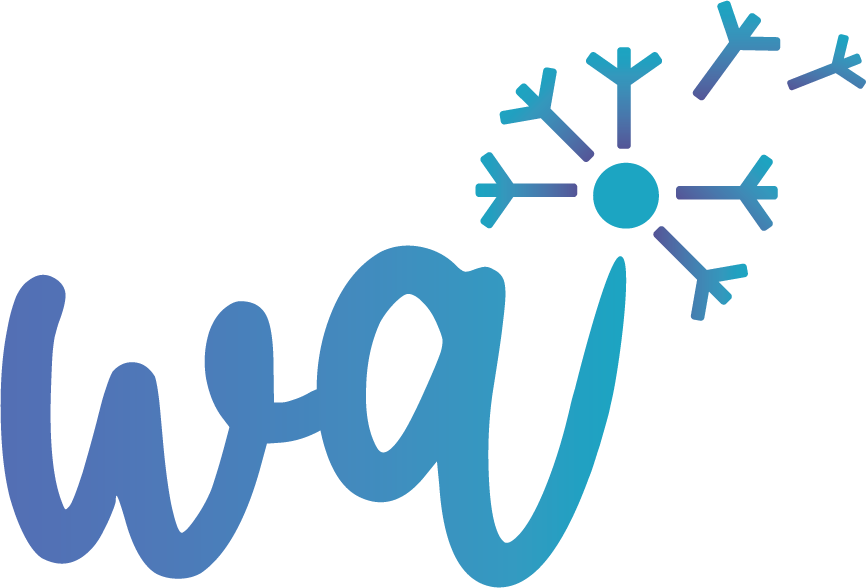





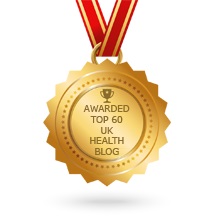


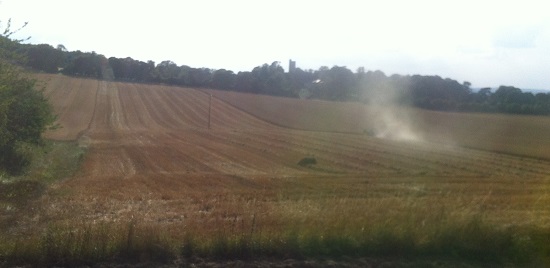
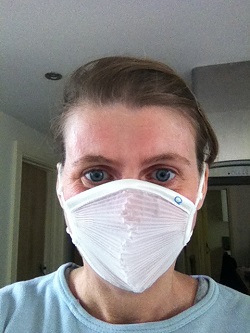
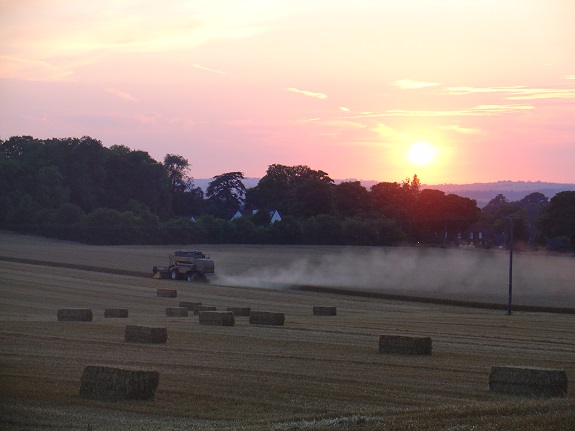

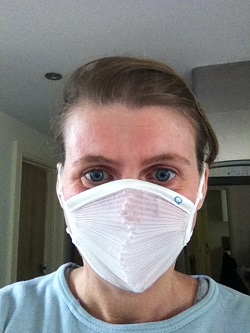
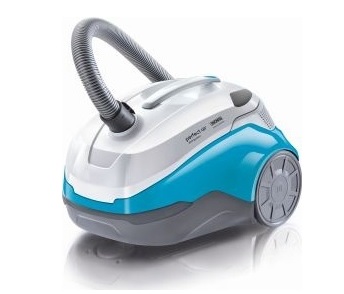
Hi! My name is Faizan and I am also highly allergic to the wheatdust from my childhood. In the beginning Doctors whom my parents consulted, diagnosed asthma and accordingly I underwent the treatment of the same. But when my problem had not been subsided my parents took me to a child specialist who was named as Dr. Dutt who diagnosed my problem as an allergy but he was not sure about the kind of. But after some visits when my parents reported him about some clear symptoms of, he confirmed my disease as Wheatdust Allergy. Since then I use to shut myself down in a room in harvest season. Still I don’t know much about the wheatdust allergy so I am very eager to. Things like precautions, prevention and treatment.
I have this allergy. I had this problem since I was born, but I came to know about the reason when I was 20. My parents innocently wasted money on cough and cold medicines on me when I was a kid. It takes a month to harvest the wheat. It means 1/12 of my life has been a tragedy. Rain helps, but it hardly rains in March-April (the month of harvesting). Now I have learnt to live with it. I go out for Job. I have learnt to live with wheat dust.
It is a nightmare, I’ve now moved away from the house I had directly opposite the wheat field, although some years they planted a different crop. Hang in there, May is coming!